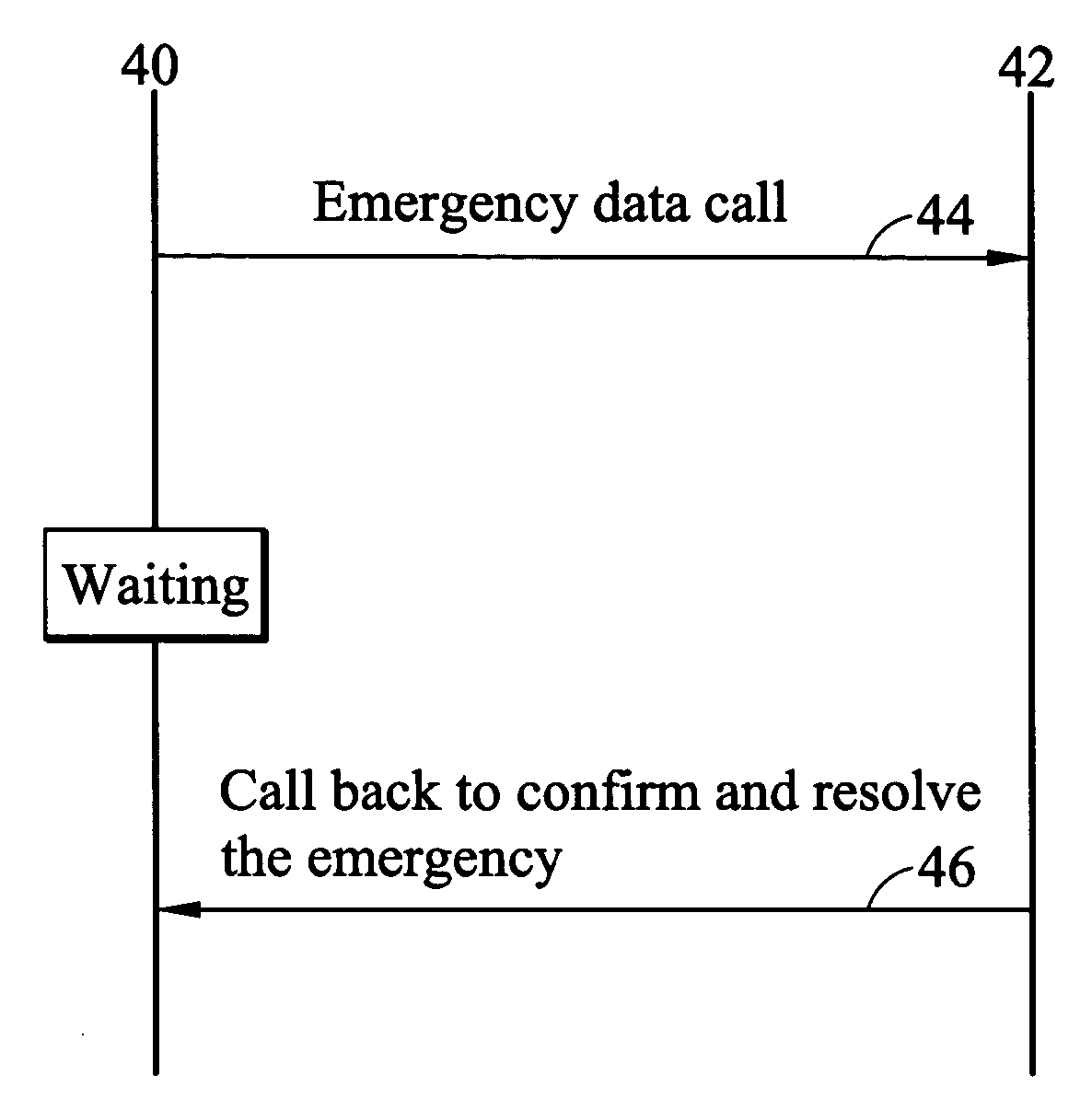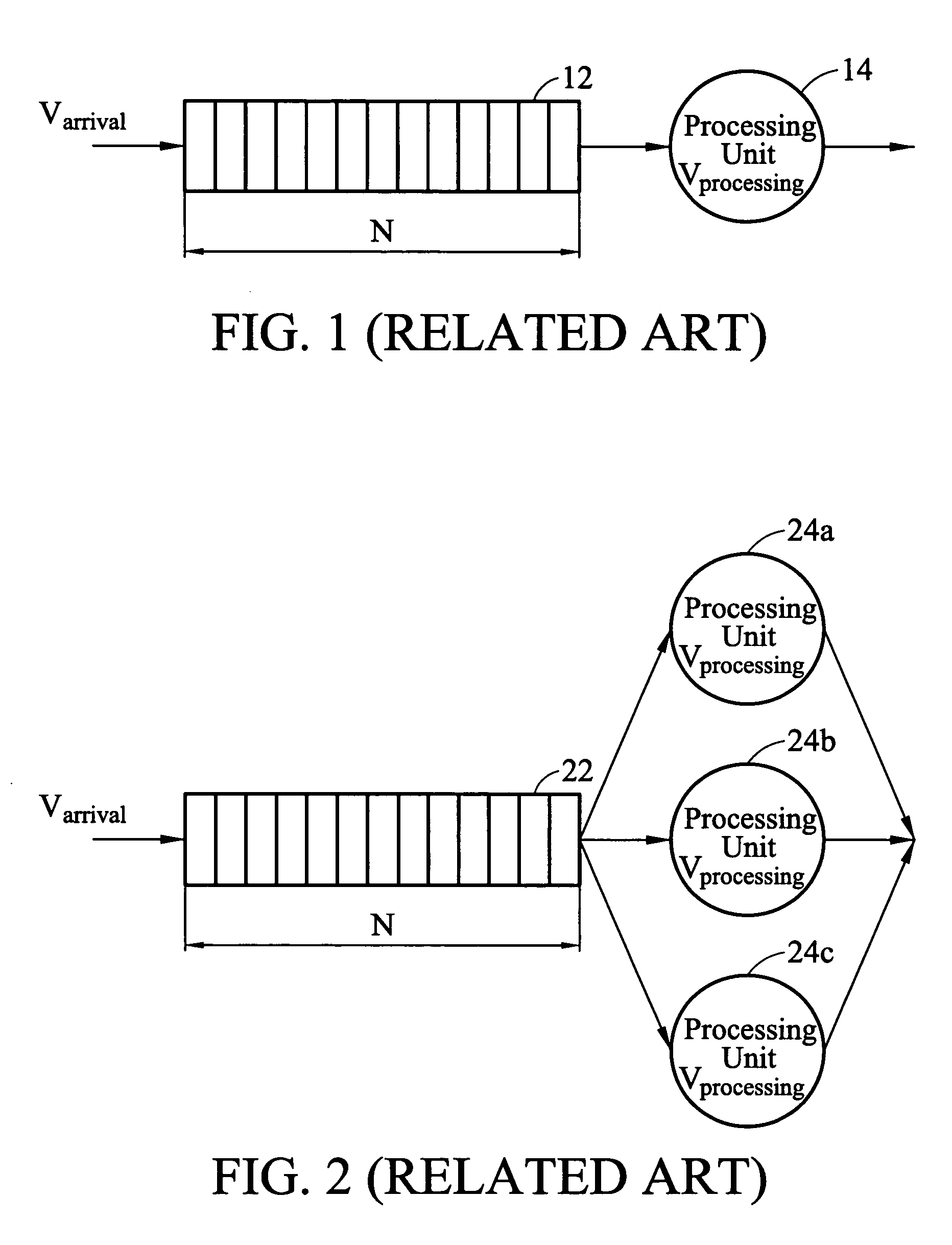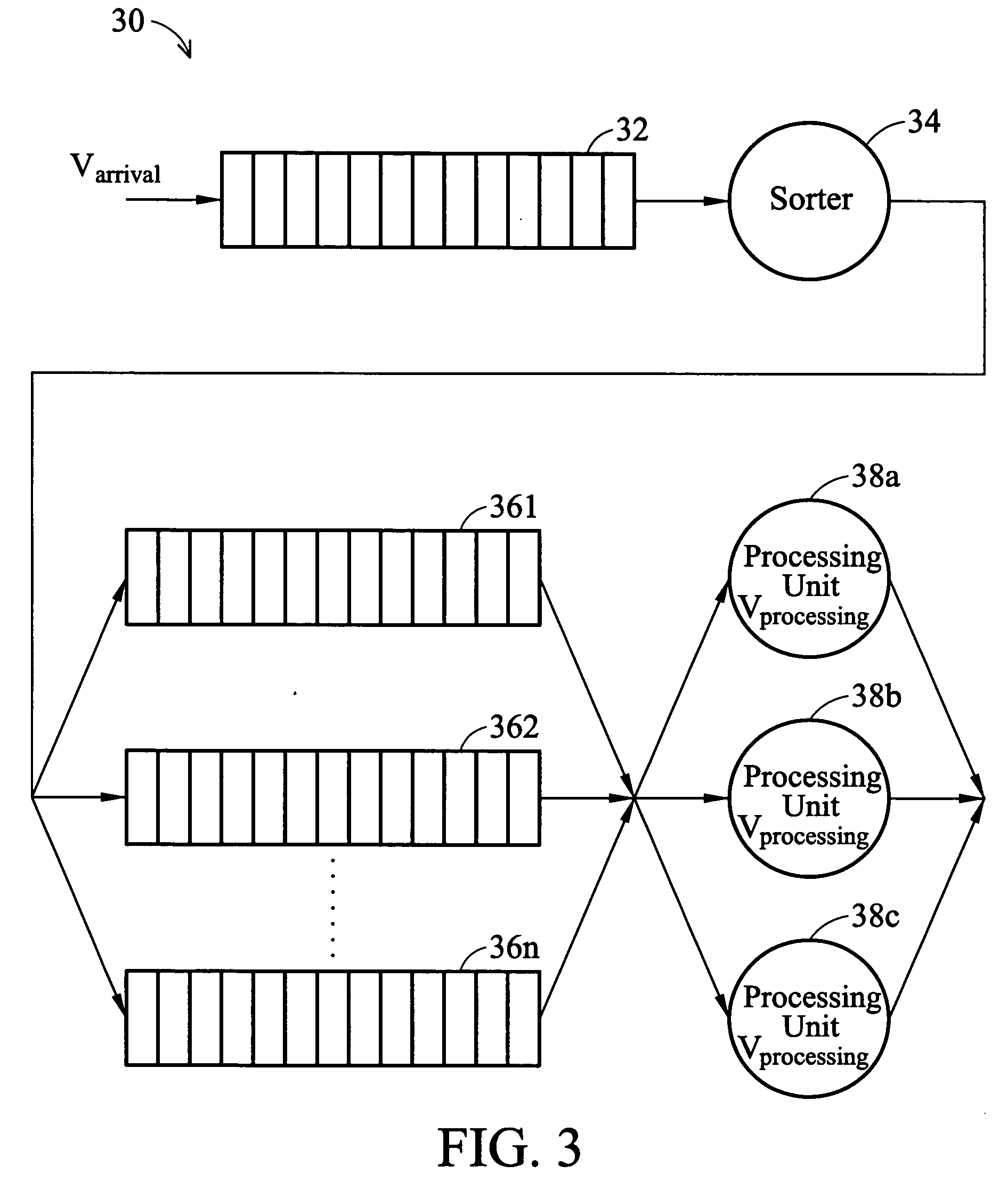Call processing system
- Summary
- Abstract
- Description
- Claims
- Application Information
AI Technical Summary
Benefits of technology
Problems solved by technology
Method used
Image
Examples
first embodiment
[0026] In the present invention, emergency calls are mobile-originating data calls transmitted through data networks rather than voice networks. FIG. 4a illustrates message flow between user equipment (UE) 40 and an emergency call center 42 of the two-phase emergency call model according to the present invention. UE 40 passes all available information associated with the mobile user and the UE 40 to the emergency call center 42 by sending an emergency data call 44. The UE 40 can comprise a cellular phone, a personal digital assistant (PDA), or any other communication device. FIG. 4b shows an example of the emergency data call 44 composition. The information carried by the emergency data call 44 can include caller phone number 441, voice message 442, image message 443, location information 444, and personal information 445. The emergency data call 44 is sent in a special format providing most information the emergency operator is likely require before dispatch appropriate assistance....
second embodiment
[0029] In the second embodiment, the emergency call center 52 sends a confirmation message 55 to UE 50 to acknowledge the arrival of the emergency data call 54, normally comprising registration identification (ID) 551 as shown in FIG. 5c. Upon receipt of confirmation message 55, the UE 50 changes to automatic hand-shaking mode. The emergency call center 52 then continues to collect relevant information from the UE 50 automatically, sending an alert message 56 to the UE 50. Examples of relevant information include current location, physical condition, current location audio / image data, and other information.
[0030] In conventional emergency call processing system, disorientation can present a common problem for callers, and it can take a long time for them to convey their precise location. The location of the mobile user can be obtained by a locating service provided in the communication system, for example, Global Positioning System (GPS). The emergency call center 52 requests curren...
PUM
 Login to View More
Login to View More Abstract
Description
Claims
Application Information
 Login to View More
Login to View More - R&D
- Intellectual Property
- Life Sciences
- Materials
- Tech Scout
- Unparalleled Data Quality
- Higher Quality Content
- 60% Fewer Hallucinations
Browse by: Latest US Patents, China's latest patents, Technical Efficacy Thesaurus, Application Domain, Technology Topic, Popular Technical Reports.
© 2025 PatSnap. All rights reserved.Legal|Privacy policy|Modern Slavery Act Transparency Statement|Sitemap|About US| Contact US: help@patsnap.com



